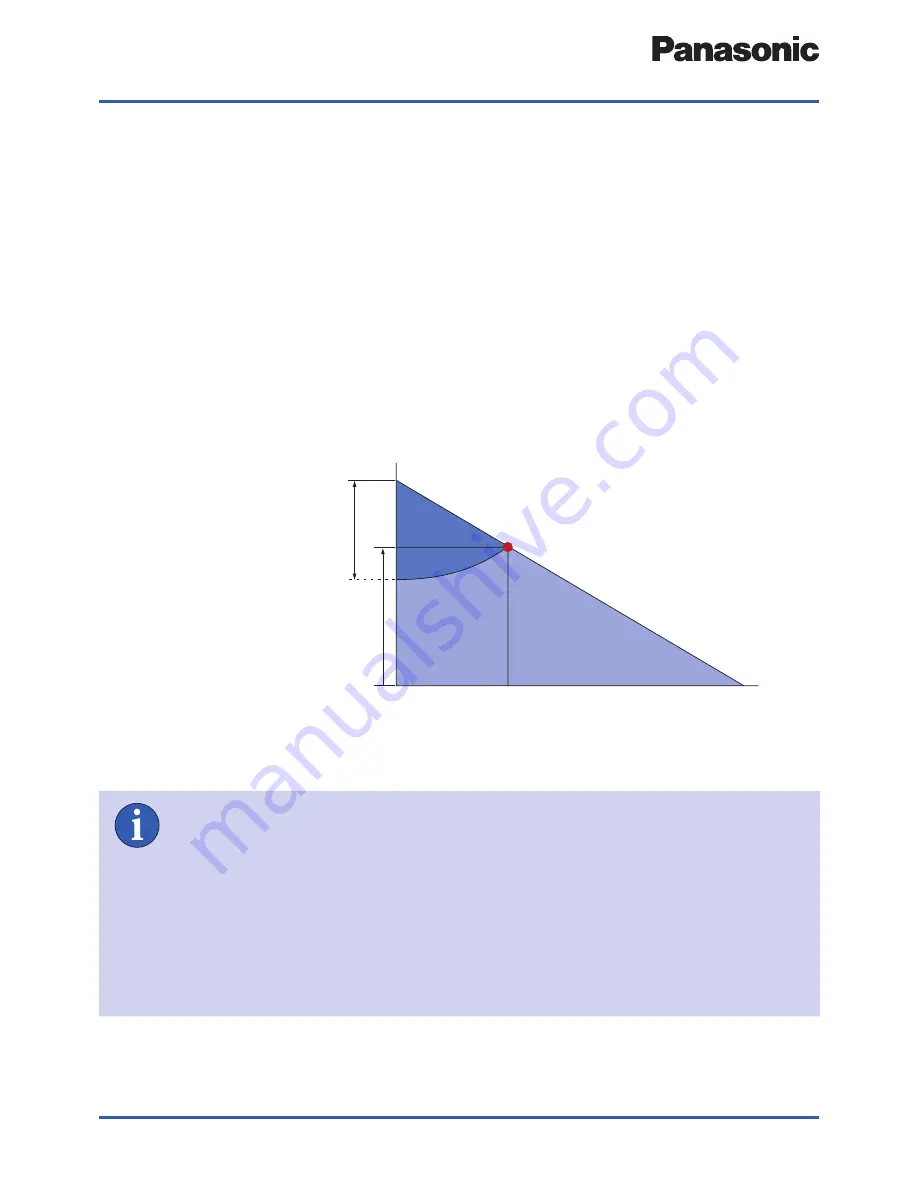
72
Aquarea air / water heat pump – design handbook 07 / 2014
Project Design
Operating mode and bivalence point
In order to avoid over-sizing and thus reduce investment costs, bivalent
operation is generally preferred. In this case, below a defined outside
temperature an additional heat source will be switched on. This heat
source can be integrated externally (e.g. a gas boiler or stove with back
boiler) or internally via the additional electric heater. If a heat source
which produces heat from electric power is used, then this is termed
(monoenergetic) operating mode.
In this bivalent operation, the air / water heat pump is only supported
when the outside temperatures are very low. Because this is the case
only for a few days per year, the heat generated by an additional heat
source is only a few percentage of the overall generated energy.
Bivalent parallel operating mode via an additional heat source
Capacity heat pum
p
Capacity of additional heat source
Bivalence point
100
%
Maximum heating load
Outside temperature [°C]
-15
-10
-5
0
5
10
15
20
5.6 Operating mode and bivalence point
Note
The bivalence point is determined individually for each building (see
for example the following section). By utilising its inverter technology,
Aquarea heat pumps can operate efficiently even operating under part
load without cycling. Nevertheless,
it is recommended to select the
bivalence point of the heat pump system above -10 °C.
For an installation to comply with Microgeneration Installation Standard
(MIS) 3005, either the heat pump in monovalent mode or heat pump
with additional heat source (excluding additional electric heater) inte-
grated into a single control system must meet 100 % of the calculated
design space heating requirement.
















































